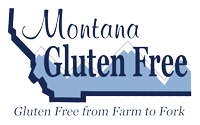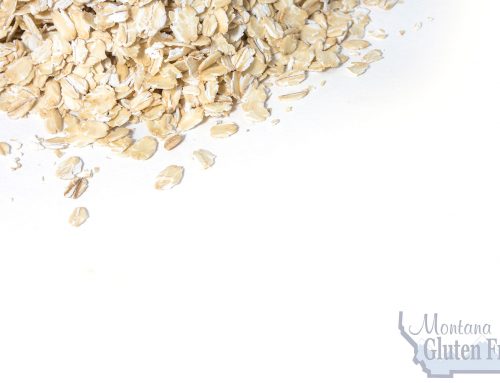Short answer: very healthy! But if you clicked on this article, you probably want more detail than that.
Oats are a cereal grain that is naturally gluten free and higher in protein than other cereal grains. In much of northern Europe, oats are a staple part of a healthy traditional diet as a breakfast food as oatmeal, groats (whole oat kernels), or oat cakes.
Healthy oats
There many different varieties of oats, and even different species, and there are some variation in the nutrition profile in each of these. In general, oats are high in protein (~15-20% of the seed weight), fiber (~44% Daily Value, mostly beta-glucan), and slow digesting carbohydrates. These slow digesting carbs survive longer in our digestive systems and promote gut health by feeding supportive gut bacteria (Nugent, 2005). Beta-glucans help lower cholesterol and helping to stabilize insulin levels (Behall, 2006; Wood, 1994; Wood, 1990; Lia, 1995, Authority Nutrition).
Oats are a low glycemic index food. This means that oats do not cause a rapid increase in blood sugar when eaten (American Diabetes Association). Low GI foods are ideal for people with diabetes as these foods release sugar into the bloodstream slower and more steadily than high GI foods.
In terms of a gluten free diet, some varieties of common oats, Avena sativa, may cause gluten like reactions in people with severe celiac disease or those newly diagnosed whose digestive systems are still inflamed and recovering. At Montana Gluten Free, we grow a variety of Avena nuda, or naked oats, that are a more ancient form of oat. Our Avena nuda variety, PrOatina, is less closely related to gluten grains than common oats, and shows no cross reactivity with gluten antibody tests. Read more about the science behind our oats.
PrOatina oats are even healthier than conventional oats!
Our PrOatina oats are also higher in protein than most varieties of oats, weighing in at 20-22%. And unlike most oatmeal on the market today, our Raw Oatmeal is, well, raw. We don’t heat treat it. Most companies heat treat their oatmeal to remove the hulls and clean the oat kernels, and to make ‘instant’ oatmeal. We don’t need to heat our oats because our variety is hullless (no outer shell usually removed by heat treating). PrOatina also has a longer shelf life naturally due to higher levels of vitamin E than common oats.
Have any questions? Feel free to ask! And if you’d like more information on oats, read on below.
More reading on oats as part of a healthy diet:
Wikipedia
Why Oats are Good For You
9 Health Benefits of Eating Oats
Oats: The good, the bad, and the ugly


